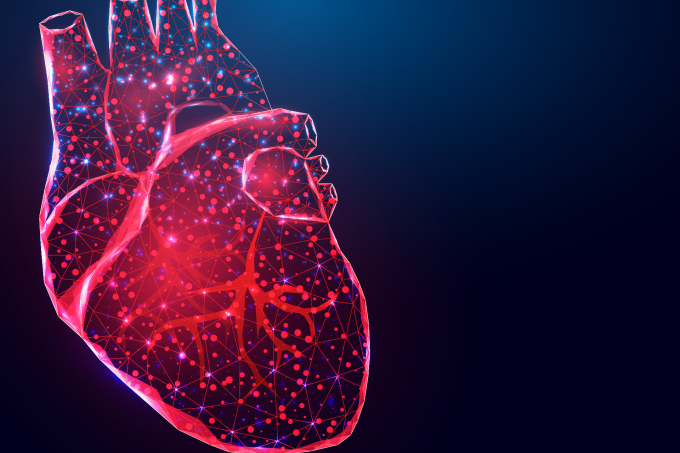The Heart's Valves
Your heart is an amazing muscle that moves blood to and from your heart and lungs throughout your body with the help of four valves: the tricuspid, pulmonary, mitral, and aortic valves. These valves open and close with each beat of your heart, regulating the direction and flow of the blood that replenishes the oxygen supply throughout your body.
How heart valves function
Your heart’s four valves work as follows:
- Your heart is divided into four chambers: the left and right atria (top chambers) and the left and right ventricles (lower chambers). A thick wall called the septum separates the left side of your heart from the right. Oxygen-depleted blood is pushed from the upper right chamber of your heart (right atrium) to the lower right chamber of your heart (right ventricle), through the tricuspid valve.
- The right ventricle contracts to squeeze blood into your lungs through the pulmonary valve to the pulmonary artery, which delivers blood to your lungs.
- After your blood resupplies with oxygen in your lungs, it’s brought back to the left atrium, which pushes the blood to the left ventricle through the mitral valve.
- The left ventricle then pushes blood through the aortic valve into the aorta, the main artery coming out of your heart. The aorta branches into a succeeding series of blood vessels called arteries, arterioles, and capillaries to deliver blood throughout the body.
Heart valve problems
The heart valves are equipped with flaps, called leaflets, that open and close to keep the blood from flowing backward into the chamber it came from. Healthy blood flow is vital because it carries a constant resupply of oxygen throughout your body. When the heart valves are damaged or working improperly, your heart and other organs at risk.
Valve disease can affect one or more of the four valves in the heart. There are two types of valve dysfunction:
- Regurgitation – The valve’s leaflets don’t fully close, or the edges don’t fully meet, which causes blood to leak back into the chamber it came from.
- Stenosis – The leaflets can’t open fully to allow enough blood to flow.
One way to understand regurgitation and stenosis is to think of a door. A door opens one way and closes very firmly in the other. That’s how a healthy valve works, too. But when a valve doesn’t close firmly, blood can leak through (regurgitation). And if the valves get stuck, like hinges in a door can over time, the blood has trouble getting through (stenosis). Both stenosis and regurgitation cause turbulence in the blood flow, which produces what is called a “heart murmur.”
Some problems with the valves are present at birth (congenital heart disease [CHD]), while others develop over time as we age (acquired valve disease).

Your heart
Every day, the heart pumps 2,000 gallons of blood through blood vessels to carry critical oxygen and nutrients to all body parts and to remove waste products.